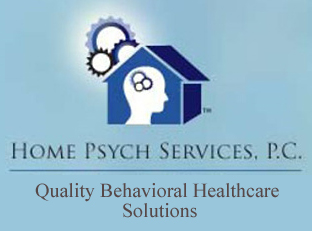Frequently we hear stories of tragic situations around the nation, such as the recent one about a woman in Florida who drove her van full of children in to the ocean (http://www.cnn.com/2014/03/05/us/florida-mother-minivan-ocean/). A big story such as this usually end with uncertainty of the individual’s mental stability or the individual was being sent for full evaluation, and that is the last the public hears about it. This leaves many people with a misconception about those dealing with a mental illness. Media followers are left with a brutal image and no education. The news is not the only media outlet that is guilty of building this type of stigma. Many movies and TV shows also provide wrong, incomplete, or misinformation about mental illnesses.
Media coverage of psychiatric issues will reflect or influence public perceptions of the mentally ill whether it is intentional or not, and these typically inaccurate depictions fuel the negative stigma. Because of the stigma related to these often violent and tragic stories, people who need help are often afraid to seek it due to the thought that they will be categorized with some of these tragic events.
There are many elements about mental illness that are inaccurately portrayed in the entertainment industry. One of the most common misconceptions is that the mentally ill are violent. The truth is mental illness is a poor predicator of violence or even a situation that would be news worthy (http://depts.washington.edu/mhreport/facts_violence.php). Unfortunately, because of the way that media has portrayed people who are impacted by a mental illness, this is a not commonly known among viewers.
Some of the other misconceptions about mental illness due to media influence include people with a mental illness are bad or evil in some way, that depression is easily treated with a magic pill, that they are unstable or unpredictable, or that mental illness is not something that can be cured. (http://psychcentral.com/lib/medias-damaging-depictions-of-mental-illness/0002220)
People can and will get better all the time, and most people who are dealing with a mental illness are typical people who get up and go to work every day like the rest of us. To get better, individuals need to not be afraid to seek out the supports and services that are necessary to provide hope and a belief that tomorrow can be a better day.
The media’s job is to entertain, not educate. My wish, is to put a more positive emphasis and greater accuracy of media coverage of mental health issues, but it is our job to be more conscious about what information we are taking in and seek further information.
For mental health services in Chicago, Dr. Parisi and staff are available to help those in the Chicago, Mt. Prospect, and surrounding areas of Des Plaines, Arlington Heights, Schaumburg, Barrington, Hinsdale, Skokie, Lincolnwood, Park Ridge, and Wilmette. Don’t fall victim to the negative stigma. Believe that tomorrow can be better and we can provide the support you need.

